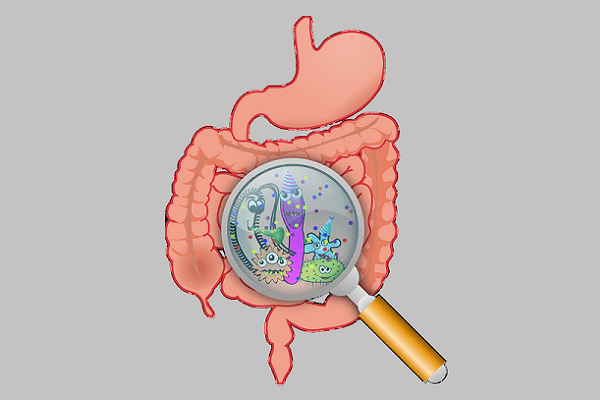Digestive system >>>> Dysbacteriosis - what is it?
Dysbacteriosis - what is it?

When they talk about dysbacteriosis, they mean intestinal dysbacteriosis (large and thin). It is the intestinal microflora, or rather the quantitatively reduced indicators of beneficial microflora and increased indicators of conditionally pathogenic microorganisms, determine such a violation as dysbiosis.
In case of dysbacteriosis, it is the bacterial component of the entire intestinal microflora that matters, but when they talk about dysbiosis, they imply violations in the composition of the microflora, not only the number of bacteria, but also fungi and viruses.
Such a violation as dysbacteriosis develops gradually. The cause of dysbacteriosis is considered to be unreasonably frequent use of antibiotics that kill not only pathogenic bacteria, but also beneficial types of bacteria. Chronic infections of the gastrointestinal tract also serve as an impetus for the development of dysbiosis, when conditionally pathogenic bacteria begin to prevail in numbers over bacteria that do not harm the body.
Intestinal dysbacteriosis is not considered an independent disease, but only a consequence of intestinal disorders, but in terms of its harmful characteristics, this syndrome can surpass any other intestinal disorders, and also serve as a factor in metabolic disorders in the body. This is due to the fact that with a stable balance between beneficial bacteria and conditionally pathogenic, the digestion processes in the intestine are well-established: some groups of bacteria are involved in the breakdown of food components to the desired stage, other groups of bacteria utilize the products of the breakdown of nutrients, contributing to the overall process digestion. In this case, the food is broken down into substances in such a way that the decay processes do not develop, the fermentation processes are controlled by bacteria, and the intestines function properly.
Signs of dysbacteriosis:
- bloating,
- unstable stools (diarrhea can alternate with constipation),
- putrid breath, especially when belching,
- after eating, heaviness in the intestines, seething, pain.
Can dysbacteriosis is be cured?
Since dysbacteriosis is not a disease, but a sign of the lack of the required number of bacteria to digest food, the treatment of dysbacteriosis consists in reducing the number of pathogenic colonies of bacteria and replanting live cultures of beneficial bacteria, as well as creating conditions for them to reproduce independently.
What kind of important bacteria does the gut need? These are bacteria that participate in fermentation processes - lactobacilli and bifidobacteria (control processes in the small intestine) and colibacteria (control processes in the large intestine).
For beneficial bacteria, a kind of habitat is needed: a fermented milk environment and prebiotics - products of plant origin. It is in these environments that bacteria love to grow their colonies.
Until beneficial bacteria are planted, it is necessary to reduce the number of their competitors (conditionally pathogenic bacteria), which have conquered the area in the intestine with their amount. The number of conditionally pathogenic and pathogenic bacteria is reduced with antibacterial drugs, pre-sowing and identifying strains of pathogens, testing them for sensitivity to specific antibiotics. This is done so that the antibacterial drug acts purposefully, and not on all types of intestinal bacteria.

Read

Read



























